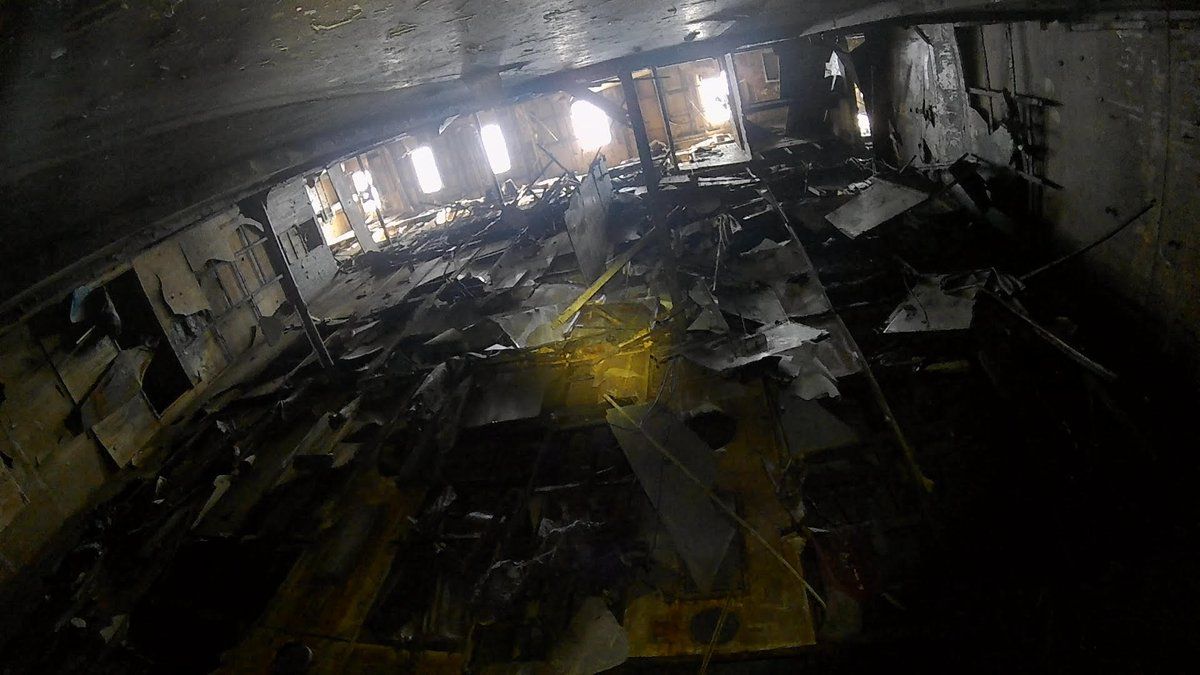Salvors Finish Search of Sewol's Passenger Decks

On Tuesday, South Korea's Ministry of Oceans and Fisheries announced that salvors have completed their initial search of the wrecked ferry Sewol's passenger decks. The two-month effort unearthed bones belonging to four missing passengers, but five more remain unaccounted for.
Decks three, four and five contained the vessel’s passenger cabins and public spaces, and they were considered the likeliest location of the missing bodies. The search will now move on to decks one and two, the vessel's cargo spaces. This second phase is expected to finish by the end of August. So far, the 120-member search team has examined thousands of bags of silt from within the hull, manually sifting throught the contents and retrieving 4,100 artifacts belonging to passengers.
Newly appointed Oceans and Fisheries Minister Kim Young-choon has vowed to intensify the search effort and to "resolve the Sewol problem with a completely different attitude." The ministry was dogged by allegations of mismanagement before Kim’s arrival: last month, Korean broadcaster SBS reported that the agency had attempted to delay the salvage for political reasons. SBS retracted the report with a detailed apology the following day, but the retraction was not enough to fend off a whirlwind of accusations.
Over 300 died in the Sewol tragedy, the majority of them students, and the highly public accident became a political minefield for the administration of then-president Park Geun-hye. Park has since been impeached, removed from office and imprisoned; though the formal charges against her were related to a corruption scandal, her government's response to the sinking played an important role in the proceedings.
The Sewol was recovered from the waters off Jindo Island for purposes of retrieving the bodies of the missing and finding new evidence into the cause of the sinking. The salvage set at least two records: it was the deepest ever lift of a complete hull, and the wreck's roll-off unloading at Mokpo was the heaviest lift ever carried out with self-propelled modular transporters (SPMTs).
